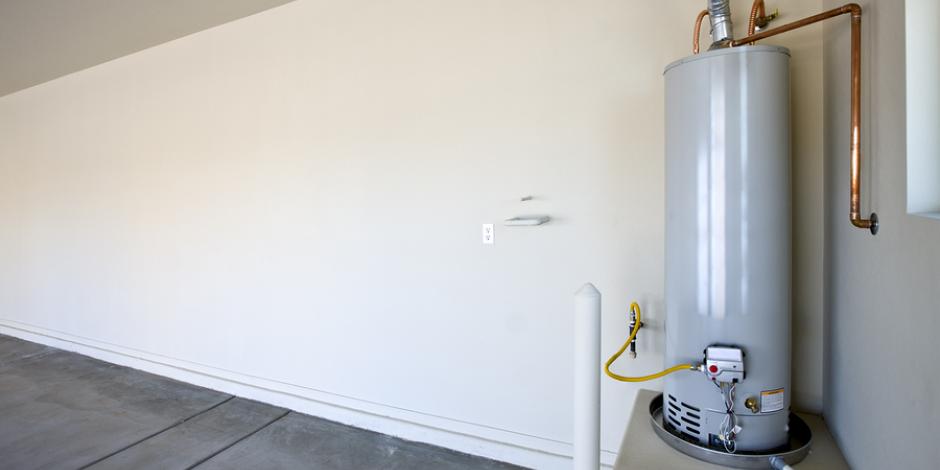What're your opinions regarding How to Maintain Your Water Heater & Prolong its Life?

Warm water is necessary for everyday comfort, whether it's for a refreshing shower or cleaning dishes. To ensure your warm water system runs efficiently and lasts much longer, routine maintenance is vital. This short article provides sensible ideas and insights on just how to preserve your home's hot water system to stay clear of disturbances and expensive repair work.
Introduction
Keeping your home's warm water system might seem challenging, however with a few basic steps, you can guarantee it runs smoothly for several years to find. This guide covers every little thing from understanding your warm water system to DIY maintenance tips and recognizing when to call in professional aid.
Value of Maintaining Your Warm Water System
Regular upkeep not only expands the life expectancy of your hot water system however also guarantees it runs efficiently. Disregarding maintenance can result in lowered effectiveness, greater energy costs, and even early failure of the system.
Indicators Your Hot Water System Demands Maintenance
Recognizing when your warm water system needs interest can prevent major problems. Look out for indications such as irregular water temperature, weird noises from the heating unit, or corroded water.
Comprehending Your Warm Water System
Before diving right into upkeep tasks, it's valuable to recognize the fundamental parts of your warm water system. Generally, this includes the hot water heater itself, pipelines, anode rods, and temperature level controls.
Month-to-month Maintenance Tasks
Regular month-to-month checks can help capture minor concerns before they intensify.
Purging the Water Heater
Purging your hot water heater eliminates sediment accumulation, boosting effectiveness and lengthening its life.
Checking and Replacing Anode Rods
Anode poles stop corrosion inside the storage tank. Evaluating and replacing them when worn is vital.
Inspecting and Changing Temperature Level Setups
Adjusting the temperature level settings guarantees optimum performance and security.
Do It Yourself Tips for Upkeep
You can carry out a number of upkeep tasks on your own to maintain your hot water system in leading condition.
Looking for Leakages
Routinely examine pipelines and links for leaks, as these can result in water damages and greater bills.
Evaluating Stress Alleviation Valves
Testing the pressure safety valve guarantees it functions appropriately and prevents extreme pressure buildup.
Protecting Pipelines
Shielding hot water pipes decreases warm loss and can conserve power.
When to Call a Professional
While DIY maintenance is helpful, some issues require expert know-how.
Facility Issues Needing Specialist Aid
Instances include major leaks, electrical issues, or if your hot water heater is constantly underperforming.
Regular Expert Maintenance Perks
Expert upkeep can consist of comprehensive evaluations, tune-ups, and guaranteeing compliance with safety standards.
Conclusion
Regular maintenance of your home's hot water system is important for efficiency, long life, and price financial savings. By adhering to these ideas and recognizing when to look for expert assistance, you can make certain a trustworthy supply of hot water without unexpected disruptions.
How to Maintain an Instant Hot Water Heater
Before tinkering with your hot water heater, make sure that it’s not powered on. You also have to turn off the main circuit breaker and shut off the main gas line to prevent accidents. Also turn off the water valves connected to your unit to prevent water from flowing into and out of the appliance. 2. When you’re done, you have to detach the purge valves’ caps. These look like the letter “T” and are situated on either side of the water valves. Doing so will release any pressure that has accumulated inside the valves while at the same time avoid hot water from shooting out and burning your skin. 3. When the purge valves’ caps are removed, you have to connect your hosing lines to the valves. Your unit should have come with three hoses but if it didn’t, you can purchase these things from any hardware or home repair shops. You can also get them from retail stores that sell water heating systems. Read the user’s manual and follow it to complete this task properly. When the hosing lines are connected, open the purge port’s valves. 4. You should never use harsh chemical cleaners or solutions when cleaning your unit. Make use of white vinegar instead. It should be undiluted and you’ll probably use about 2 gallons. 5. Now flush your water heater. This task should probably take about 40 minutes. We can’t give you specific directions for this because the procedure is carried out depending on the type, model and brand of your heater. With that being said, refer to the user’s manual. 6. When you’re done draining the unit, you have to turn off the purge port valves again. Remove the hosing lines that you earlier installed on each of the water valves. Put the valve caps (purge port) back in their respective places and be very careful so as not to damage the rubber discs that are found inside these caps. 7. Now that everything’s back in place, check your user’s manual again to find out how to reactivate your water heating system. 8. Once it is working, turn one of your hot water faucets on just to let air pass through the heater’s water supply pipes. Leave the tap on until water flows smoothly out of it. https://www.orrplumbing.com/blog/2014/september/how-to-maintain-an-instant-hot-water-heater/

As a fervent reader on Tips on Maintaining a Water Heater, I figured sharing that excerpt was important. Be sure to take a moment to share this page if you enjoyed reading it. We enjoy reading our article about How to Maintain a Hot Water Heater in a Few Simple Steps.
Call Today